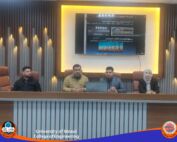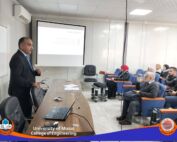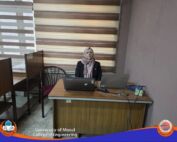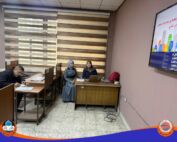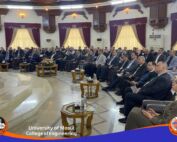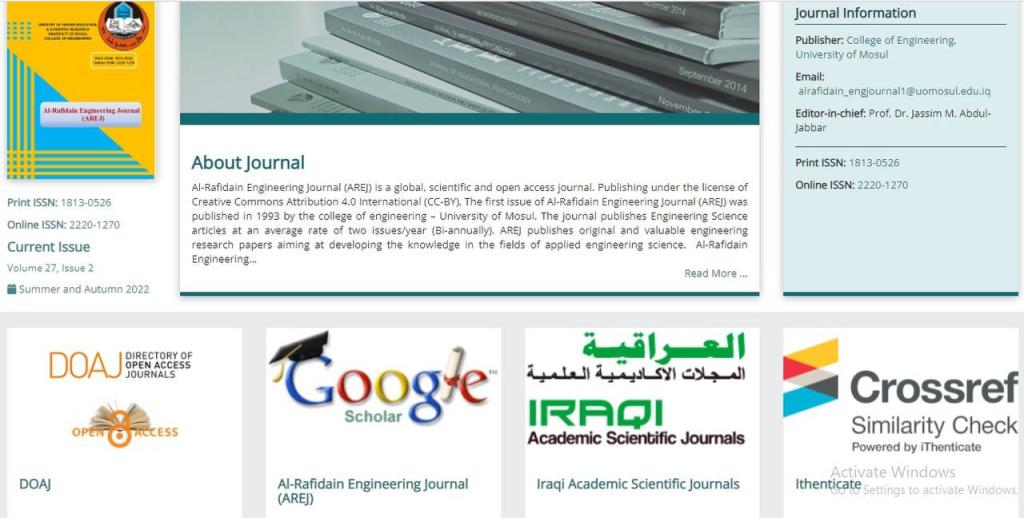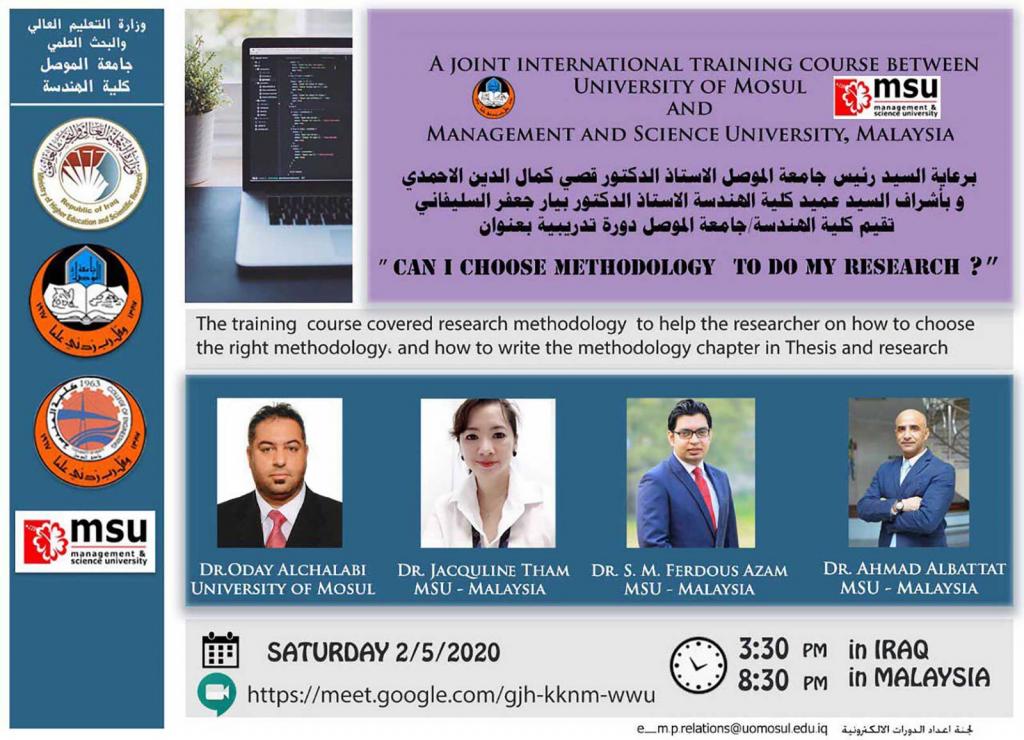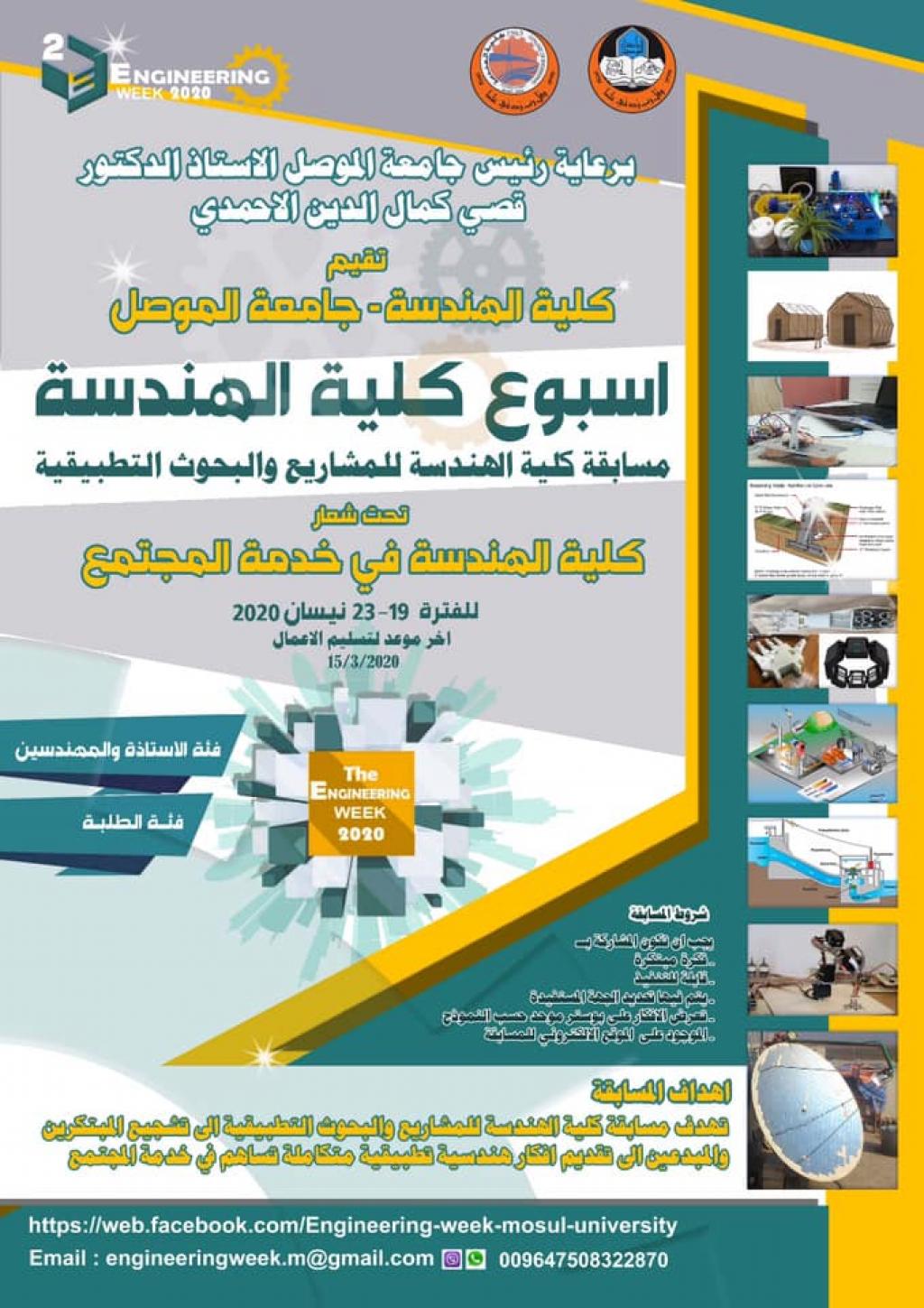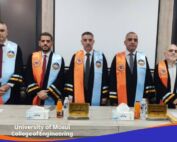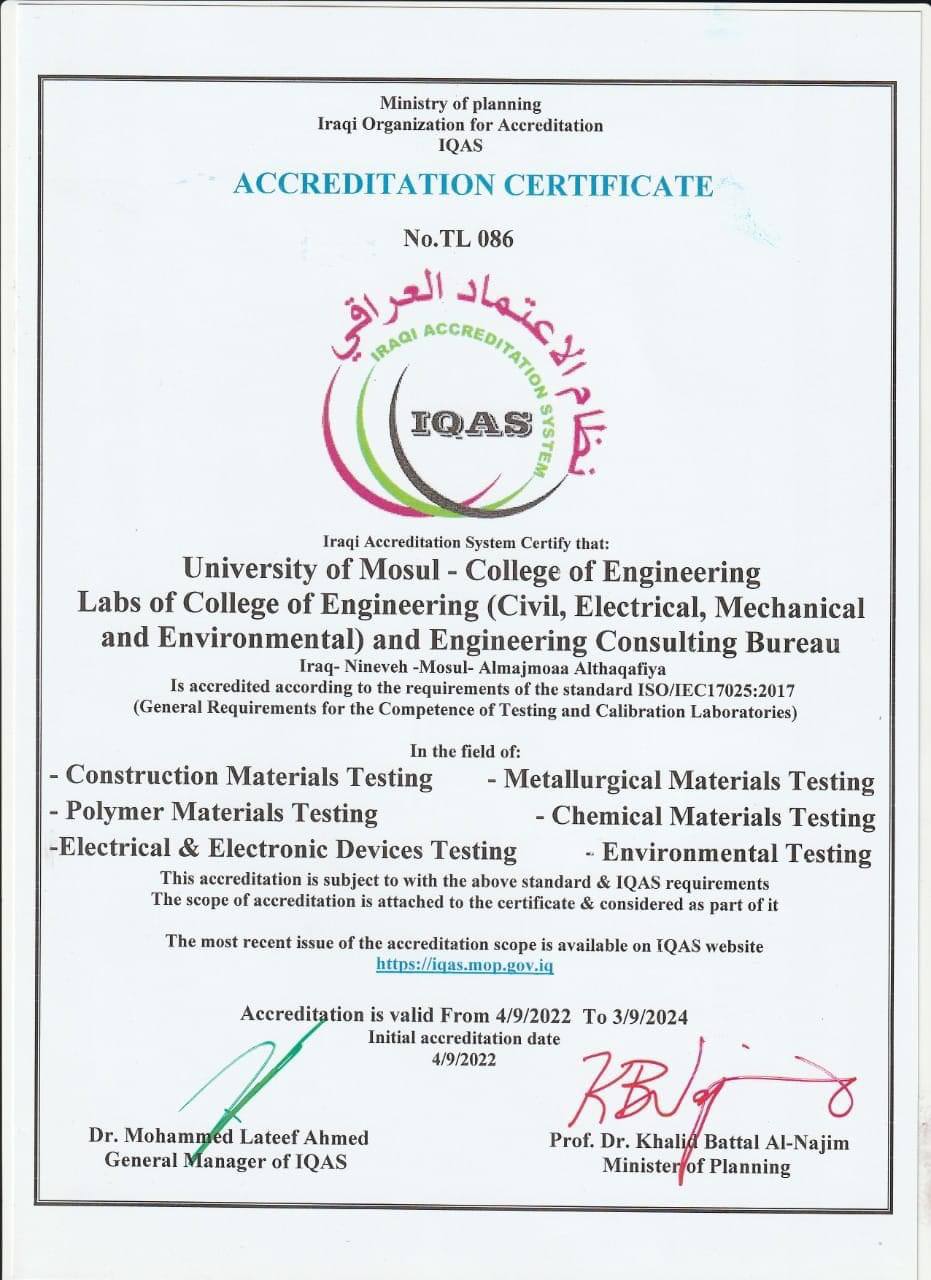23 February، 2022
PH.D Dissertation on “INVESTIGATING THE EFFECT OF THE REPEATED LOADS ON THE BEHAVIOR OF JOINT IN A BRIDGE BETWEEN STEEL AND CONCRETE SECTIONS”

A PH.D dissertation was discussed in Department of Civil Engineering / College of Engineering at University of Mosul entitled “INVESTIGATING THE EFFECT OF THE REPEATED LOADS ON THE BEHAVIOR OF JOINT IN A BRIDGE BETWEEN STEEL AND CONCRETE SECTIONS” submitted by ( Kaythar Abdulwahab Ibrahim Al-haj Ahmed ), Supervised by Prof. Dr. Bayar Jaffar Mohammed Al Sulyvani and Assist. Prof. Dr. Suhaib Yahya Kasim Al-Darzi on Wednesday, Feb. 23, 2022.In the present work, experimental work was conducted to study the half joint under different parameters. A new method was used to inspect half joint structure by fabricating a testing rig with different details. The specimen consists of reinforced concrete half joint supports I-beam steel section by a bearing pad. The parameters focus on studying the effect of loading type (monotonic and repeated), applied load location (middle and edge), bearing pad types, pads bearing size, applied load eccentricity, and the stiffener of the steel I beam. Also, the strengthening of the half joint using two methods was investigated. The first was Carbon Fiber-Reinforced Polymer (CFRP) for middle and edge loading specimens. The second was strengthening using a steel plate for the middle loading specimen. A total of Twenty specimens were tested to investigate these parameters.In the edge loading, the behavior showed more sensitivity and complexity in the distribution of stresses due to the loading close to the re-entrant. The steel roller pads present a higher ultimate load and ductility index by 17.2% and 46.6% than those of the elastomeric pad, respectively. Also, introduce uniform load distribution through the entire length of the ledge and smooth load-deflection curve.The strengthening using carbon fiber at middle loading introduces a higher initial crack load compared with the non-strengthening specimen. It was also found that the strengthening did not improve the values of ultimate load, ductility index, and deflection. Steel plate strengthening was proven to be a very effective method of specimen strengthening. Ultimate load, initial crack, ultimate deflection, and ductility index increased significantly by 46%, 567%, 21.4%, and 34.9% compared with non-strengthened specimens, respectively.The strengthening using carbon fiber at edge loading introduces a good improvement in ultimate load and ultimate deflection. A small increase in ductility was recorded. The ultimate load and deflection were 36% and 59.2% more than the non-strengthened specimen, respectively. The sudden failure with strengthened specimen after reaching ultimate load was noted compared with a big margin of loading after failure in the non-strengthened specimen. The carbon fiber limits the punching shear of the ledge and changes the failure mode from punching shear for non-strengthened specimens to shear flexure failure for strengthened specimens.It is also found that the stiffener in the I beam carried stresses more than the web, both of them giving elastic behaviors in the range of the ledge failure load. The absence of the I steel beam stiffener will result in web failure and significantly reduce the specimen’s ultimate load.The Strut and Tie Model (STM) was used to model the reinforced concrete ledge. The model gained a good estimation of the ultimate load. The difference was 7% lower than those obtained from experimental tests.The Precast/Prestressed Concrete Institute (PCI) ledge design method was used to predicate the ultimate load. The PCI equation (5.44) presents an ultimate load of 6.9% more than the experimental test. In comparison, the PCI equation (5.45) introduces an ultimate load of 38% less than the experimental test.ANSYS 2021 R2 student edition program was used to build a finite element model. The aim was to study the overall behavior of two specimens: the monotonic loading with steel roller pad at middle location loading (M-RS-MD) specimen and monotonic loading with steel roller pad at edge location loading (M-RS-ED) specimen. As reflected by load-deflection and crack pattern, the general behavior of the finite element models was in good alignment with experimental results. In the M-RS-MD case, the ultimate load records approximately the same for both experimental and finite element method results, while the ultimate deflection indicates 18.3% less in the finite element method compared with the experimental test. In the M-RS-ED case, the ultimate load gained by the finite element method is more than the experimental test by 2.8%. On the other hand, the ultimate deflection indicates 18.2% less in the finite element method than the experimental test.The finite element method extended to study the effect of compressive strength on the (M-RS-MD) model as a parametric study. The concrete compressive strength (Fc’) values taken into account in this study were 20, 25, 28, 30, 35, and 40 MPa. It can be concluded that increasing concrete compressive strength significantly increases the model load capacity and stiffness. The maximum ultimate load records for Fc’=40 MPa, which was more than the ultimate load of Fc’=28 MPa (reference strength) by 54.5%, while the minimum ultimate loads introduced for Fc’=20 MPa, which was less than the ultimate load of Fc’=28 MPa by 9.6%.




